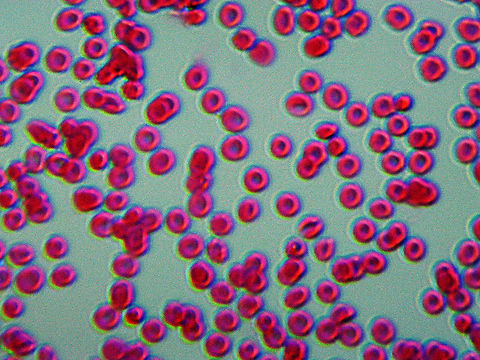
Distribution
''P. falciparum'' is found in all continents except Europe. According to the WHO ''World Malaria Report 2019'', 228 million people suffered from malaria in 2018, a slight decrease from 231 million in 2017. 405,000 people died from it. The infection is most prevalent in Africa, where 94% of malaria deaths occur. Children under five years of age are most affected and 61% of malaria deaths occurred in this age group. 80% of the infection is found in Sub-Saharan Africa, 7% in the South-East Asia, and 2% in the Eastern Mediterranean. Nigeria has the highest incidence with 27% of the total global cases. Outside Africa, India has the highest incidence with 4.5% of the global burden. Europe is regarded as a malaria-free region. Historically, the parasite and its disease had been most well known in Europe. But medical programmes, such as insecticide spraying, drug therapy and environmental engineering since the early 20th century resulted in complete eradication in the 1970s. It is estimated that approximately 2.4 billion people are at constant risk of infection.Behavior
Humans are the intermediate hosts in which asexual reproduction occurs, and female anopheline mosquitos are the definitive hosts harbouring the sexual reproduction stage.Evolution
Falciparum malaria was familiar to the ancient Greeks, who gave the general name ''pyretós'' "fever". Hippocrates gave several descriptions on tertian fever and quartan fever. It was prevalent throughout the ancient Egyptian and Roman civilizations. It was the Romans who named the disease "malaria"—''mala'' for bad, and ''aria'' for air, as they believed that the disease was spread by contaminated air, or miasma.''P. falciparum'' is now generally accepted to have evolved from ''Laverania'' species present in gorilla in Western Africa. Genetic diversity indicates that the human protozoan emerged around 10,000 years ago. The closest relative of ''P. falciparum'' is ''P. praefalciparum'', a parasite of gorillas, as supported by mitochondrial, apicoplastic and nuclear DNA sequences. These two species are closely related to the chimpanzee parasite ''P. reichenowi'', which was previously thought to be the closest relative of ''P. falciparum''. ''P. falciparum'' was also once thought to originate from a parasite of birds.Levels of genetic polymorphism are extremely low within the ''P. falciparum'' genome compared to that of closely related, ape infecting species of ''Plasmodium'' . This suggests that the origin of ''P. falciparum'' in humans is recent, as a single ''P. praefalciparum'' strain became capable of infecting humans. The genetic information of ''Plasmodium falciparum'' has signaled a recent expansion that coincides with the agricultural revolution. It is likely that the development of extensive agriculture increased mosquito population densities by giving rise to more breeding sites, which may have triggered the evolution and expansion of ''Plasmodium falciparum''.In 1640, Huan del Vego first employed the tincture of the cinchona bark for treating malaria; the native Indians of Peru and Ecuador had been using it even earlier for treating fevers. Thompson introduced this "Jesuits' bark" to England. Its first recorded use there was by John Metford of Northampton in 1656. Morton presented the first detailed description of the clinical picture of malaria and of its treatment with cinchona. Gize studied the extraction of crystalline quinine from the cinchona bark and Pelletier and Caventou in France extracted pure quinine alkaloids, which they named quinine and cinchonine. The total synthesis of quinine was achieved by American chemists R.B. Woodward and W.E. Doering in 1944. Woodward received the Nobel Prize in Chemistry in 1965.
Attempts to make synthetic antimalarials began in 1891. Atabrine, developed in 1933, was used widely throughout the Pacific in World War II, but was unpopular because of its adverse effects. In the late 1930s, the Germans developed chloroquine, which went into use in the North African campaigns. Creating a secret military project called Project 523, Mao Zedong encouraged Chinese scientists to find new antimalarials after seeing the casualties in the Vietnam War. Tu Youyou discovered artemisinin in the 1970s from sweet wormwood . This drug became known to Western scientists in the late 1980s and early 1990s and is now a standard treatment. Tu won the Nobel Prize in Physiology or Medicine in 2015.
References:
Some text fragments are auto parsed from Wikipedia.